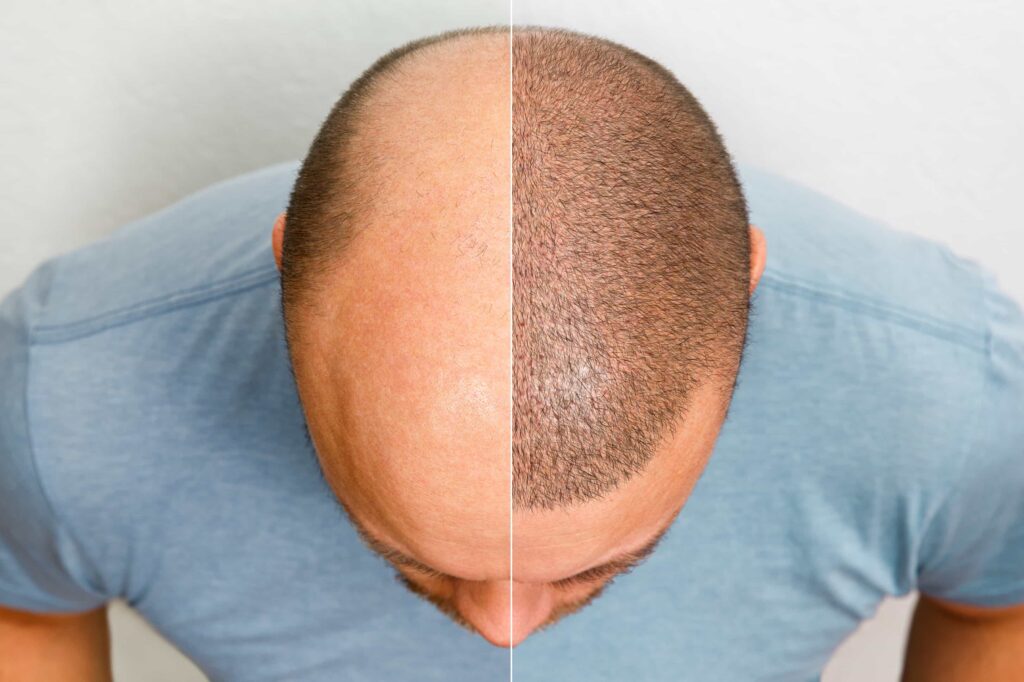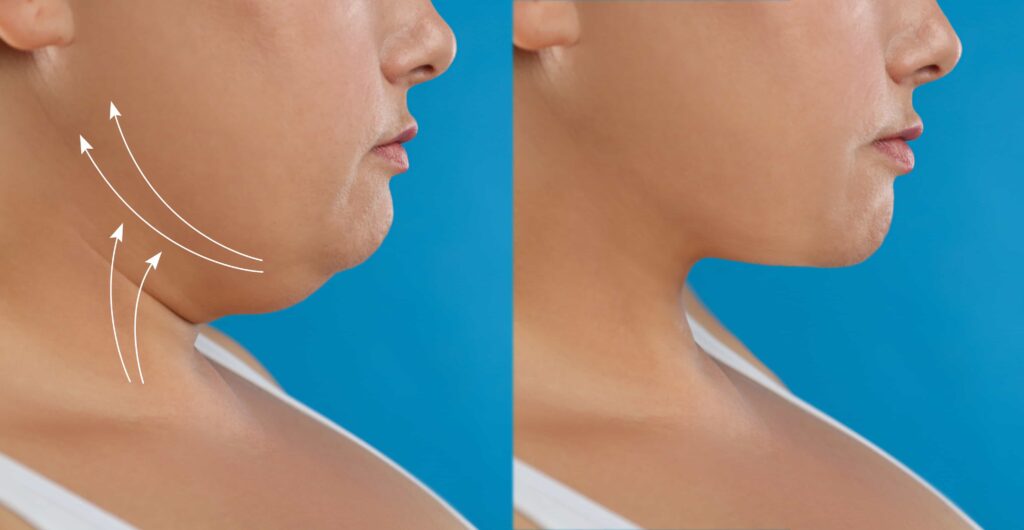A thigh lift: thighplasty, is a surgical procedure that reshapes the thighs by excising excess skin and fat.
Looking to tighten loose skin after weight loss or GLP-1 use? A thigh lift may be right for you.
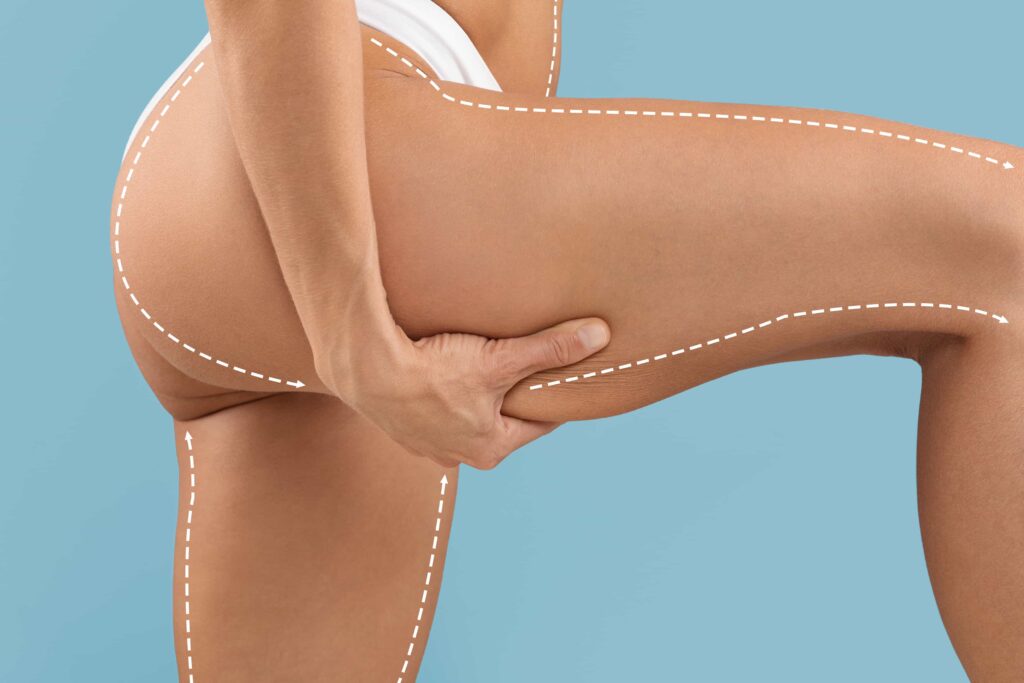
A thigh lift, or thighplasty, is a surgery that removes extra skin and fat to reshape the thighs. It helps create smoother skin and better body contours. If diet and exercise haven’t given you the firm, youthful look you want, a thigh lift could be a good option.
This procedure isn’t just about fat removal. Liposuction may work well for people with good skin elasticity. But if your skin is loose, your surgeon may recommend combining a thigh lift with liposuction.
Good candidates for a thigh lift are people who have stable weight, extra soft tissue in the thighs, are in good health, don’t smoke, have realistic goals, and follow a healthy lifestyle.
Types of Thigh Lifts
•Mini Thigh Lift: Targets sagging in the upper inner thigh. The incision stays hidden in the groin area.
•Inner (Medial) Thigh Lift: Tightens the inner thigh. It uses an incision from the groin to the back of the thigh, or sometimes a vertical cut from the groin to the knee.
•Outer (Bilateral) Thigh Lift: Removes fat and skin from the outer thigh, hips, and buttocks. The incision starts at the upper groin, goes around the hip, and across the back.
•Spiral Thigh Lift: Reshapes the entire thigh. The incision runs from the buttocks to the groin and targets the front, back, inner, and outer thighs.
Talk to a board-certified surgeon to find out which type of thigh lift is right for you.
A thigh lift can reshape your thighs for a more toned look and reduce discomfort from skin rubbing together. This surgery helps especially after major weight loss, which often causes loose skin and poor elasticity.
These changes can lead to problems like cellulite, rashes, chafing, and sometimes bleeding or skin discoloration. You may also notice sagging skin in the thigh area.
A thigh lift can fix these issues and improve both how your legs look and how you feel.
– Enhanced smoothness of the thighs.
– Contoured thigh shape.
– Diminished visibility of stretch marks.
– Minimized occurrence of friction-related rashes.
– Increased muscle firmness.
– Reduced skin sagging.
– Heightened confidence in one’s appearance.
– Asymmetry in thigh shape
– Hemorrhage
– Changes in skin sensation
– Deep vein thrombosis (DVT)
– Fluid accumulation (seroma)
– Infection
– Numbness
– Impaired wound healing or closure (dehiscence)
– Swelling (edema)
Consultation
Before surgery, you’ll meet with your plastic surgeon to go over the procedure and ask any questions. During the consultation, your surgeon will examine your skin, discuss your goals, explain expected results, and talk about possible side effects. They may also take photos of your thighs to compare before and after results.
Next, your surgeon will give you pre-op instructions. These may include stopping certain medications and quitting smoking.
A thigh lift takes place in a hospital, certified surgical office, or outpatient center. The surgery usually takes about two hours. Your surgeon will confirm the expected time during your consultation.
On Surgery Day
First, your surgeon will mark the incision lines while you’re standing. They may move your skin in different directions to plan the best results.
Then, an anesthesiologist will give you anesthesia to keep you pain-free and asleep during the procedure.
Your surgeon will make an incision in the groin. Depending on the type of thigh lift, the incision may extend around the thigh, down to the knee, or across the hip and back.
Next, your surgeon will remove extra fat, reposition tissue, and tighten the muscles. They will also cut away any loose skin.
To support the new shape, they’ll use sutures deep in the thigh tissue. Finally, they’ll close the incision using sutures, skin glue, or clips.
After a thigh lift, you’ll recover in a monitored area until the anesthesia wears off. Depending on your case, you may go home the same day or stay overnight. Be sure to have someone ready to drive you home.
Your surgeon will give you detailed care instructions. Get plenty of rest and avoid heavy activity until your doctor clears you. You may feel sore and notice swelling in your thighs for a few days.
Plan to rest your legs for up to 10 days. Stay home from work or school until your surgeon says it’s okay. You’ll need to wear compression garments for at least six weeks. Most people return to normal activities during this time.
The surgery uses large incisions, which may feel sensitive. Follow all care steps from your surgeon. You may have small tubes under your skin to drain fluid, and medicine can help manage discomfort.
Some people may have minor issues like slow wound healing or fluid buildup, but these are usually not serious. Scars will fade over time but may not disappear fully. Also, thigh firmness can change with age or weight gain.
You’ll return for a follow-up visit about a week later so your surgeon can check your healing.
Your incision sites should heal after six weeks. The swelling should go away completely after six months. After six months, you’ll see the results of your thigh lift.
Thigh lift surgery comes with possible risks. These include reactions to anesthesia, bleeding, and uneven results.
Some patients may develop deep vein clots, heart or lung issues, or fat necrosis (when fat tissue dies under the skin).
Other risks include fluid buildup (seroma), infection, poor wound healing, and numbness or other skin sensation changes.
You might also face ongoing pain, wide scars, or the need for revision surgery. In some cases, loose skin can return.
It’s important to talk through all risks and ask questions before giving your consent. Always follow your surgeon’s advice for the safest outcome.
According to the most recent statistics from the American Society of Plastic Surgeons, the average cost of a thigh lift, also known as thighplasty, is $7,641. It is important to note that this average cost encompasses only a portion of the total expenses, as it excludes anesthesia, operating room facilities, and other associated costs.



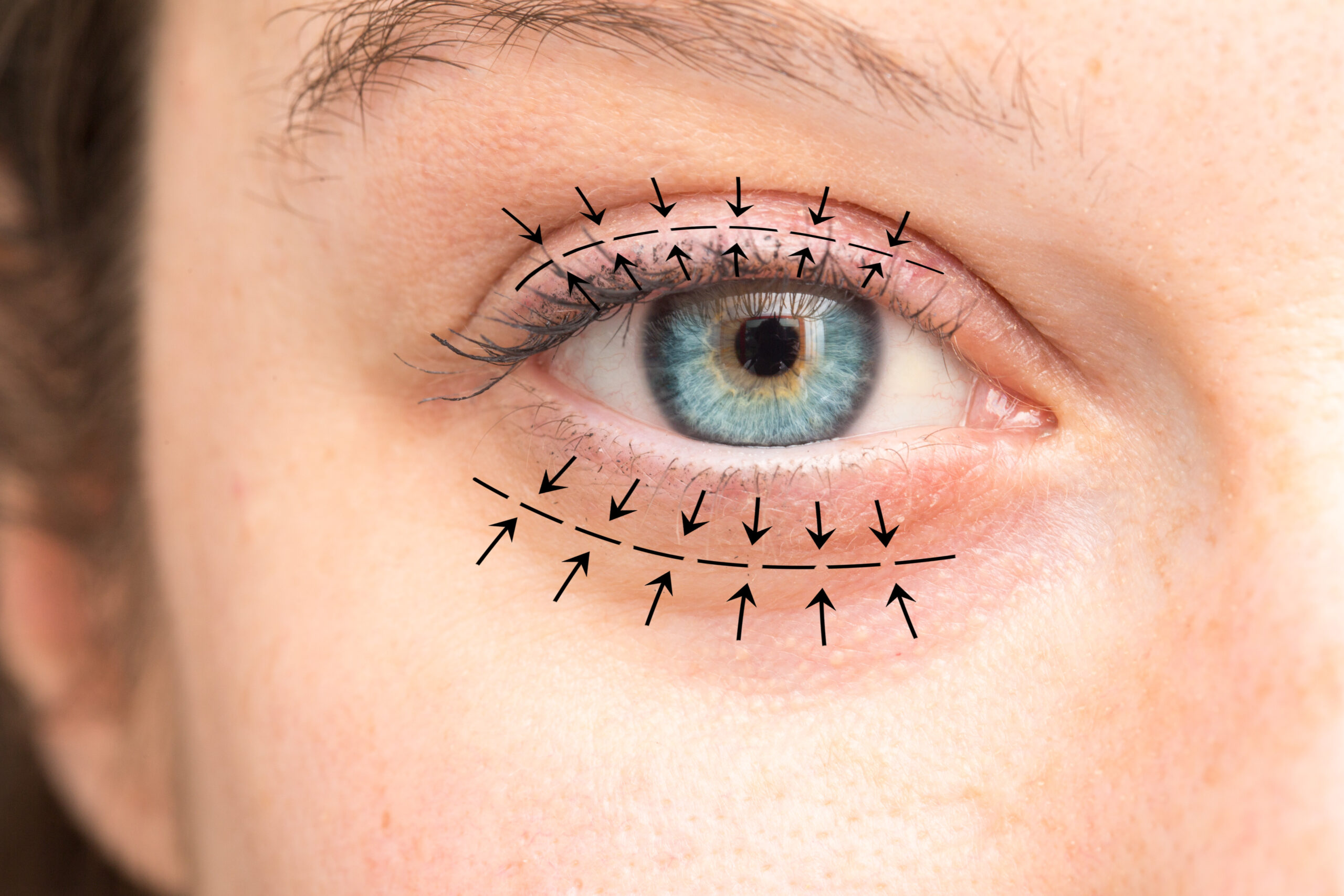
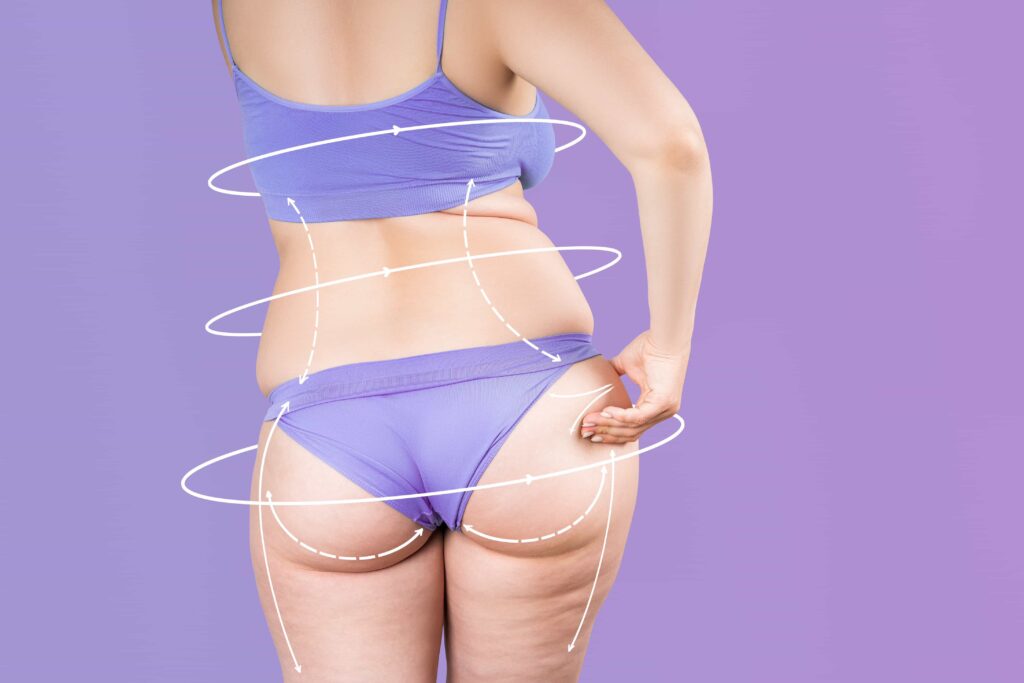

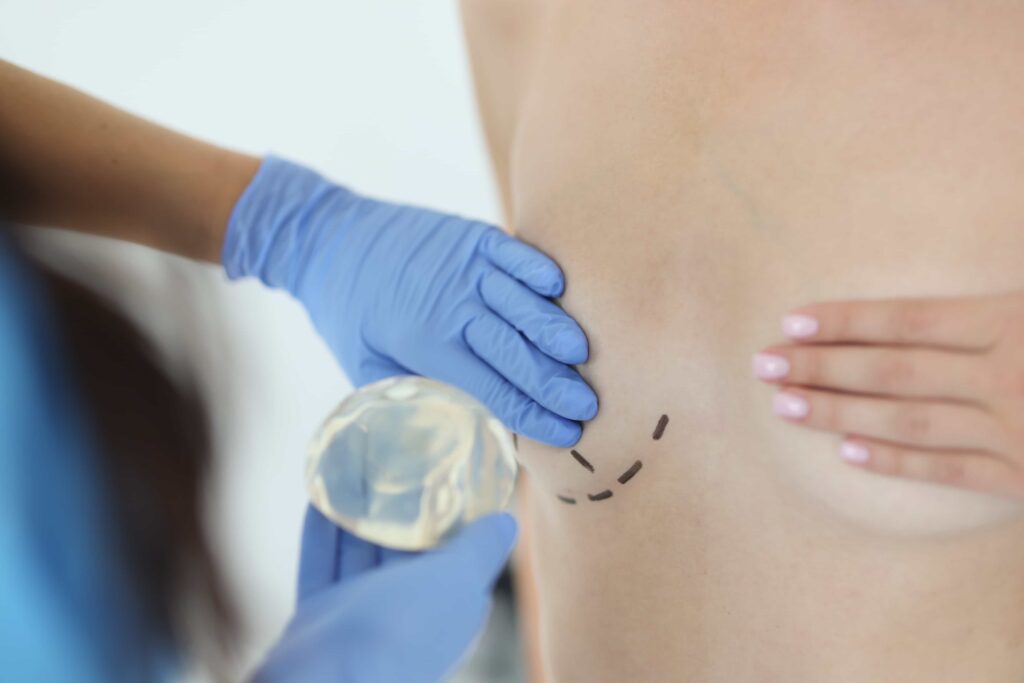








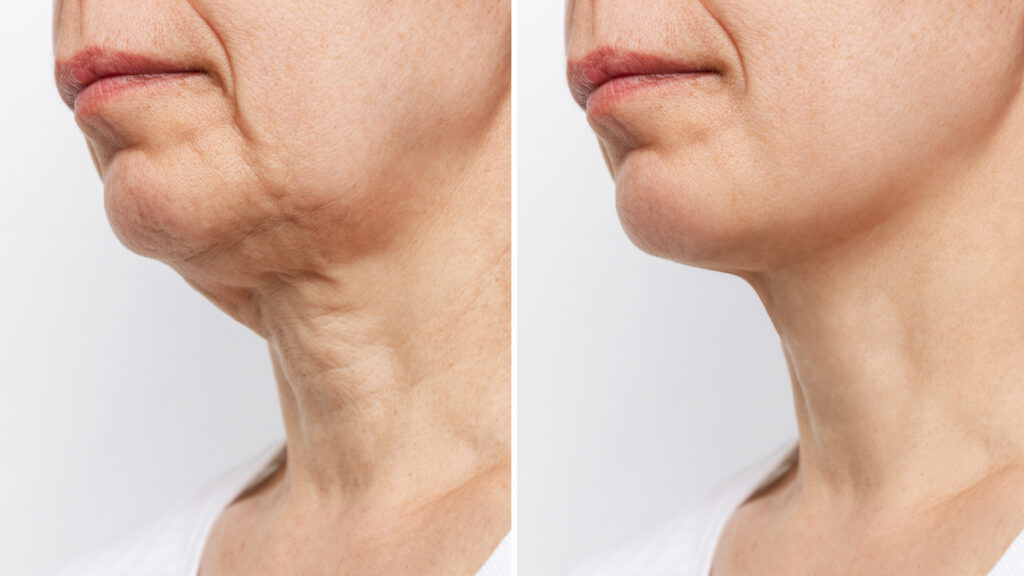


Fat grafting is a procedure that enhances and naturally adds volume to areas of the body by using your own…

